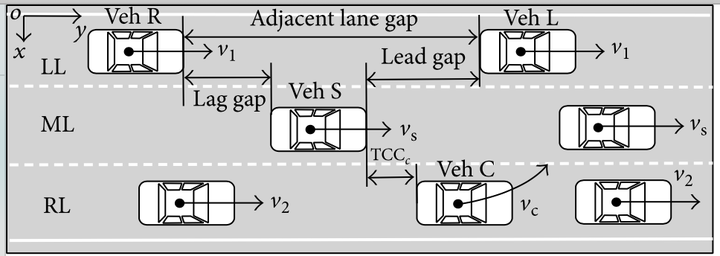Decision tree-based maneuver prediction for driver rear-end risk-avoidance behaviors in cut-in scenarios
 Image credit: Yuan Liao
Image credit: Yuan LiaoAbstract
Predicting driver rear-end risk-avoidance maneuvers in cut-in scenarios, especially dangerous precrash scenarios, benefits the customization of automatic driving, particularly automatic steering. This paper studies driver rear-end risk-avoidance behaviors in cut-in scenarios on a straight three-lane highway. Data from 24 participants in 1326 valid trials were collected using a motion-based driving simulator. An Eysenck Personality Questionnaire (revised for Chinese participants) was used to obtain the personality traits of the participants. Based on a statistical analysis, the candidate features used in the driver maneuver prediction were determined as a combination of objective risk indicators and driver characteristics. A decision tree-based model was constructed for maneuver prediction in cut-in scenarios. The prediction accuracy of the extracted classification rules was 79.2% for the training data set and 80.3% for the test data set. The most powerful predictive variables were extracted, and their effects on maneuver decisions were analyzed. The results show that driver characteristics strongly influence the prediction of maneuver decisions.